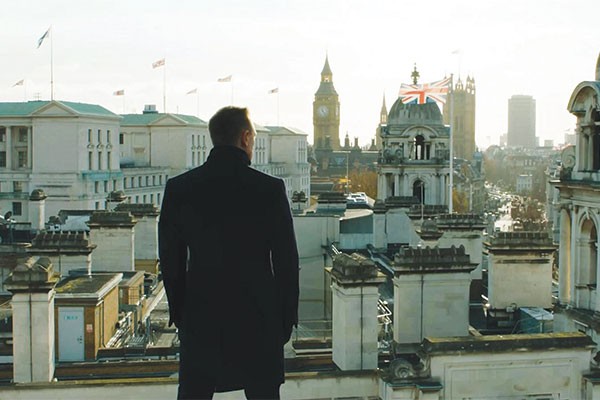Rating: A+
Skyfall is like one of those optical illusions - do you see a duck or rabbit? In Skyfall, people see what they want to see.
Fans of the old school see only betrayal of the core Bond formula, with no gadgets in this film other than “a gun and a radio.” But many, like me, see a ray of light in a genre going to hell in a very tedious handbasket. I see Skyfall as an arty character piece hiding in the action genre.
Bond had a corner on the action market back in the 1960s, when it was the only franchise pedalling sex, mayhem, and martinis, but this is no longer the point of difference. Starting perhaps with 1989’s License to Kill, Bond films have been designed to compete more with your Bruce Willis, Schwarzenegger, Stallone, Mel Gibson, Steven Seagal sort of action movie at the box office, and vice-versa: a regression toward the violent mean. The points of difference for Bond: subtlety and character.
My favourite shot in Skyfall illustrates this new focus on character over mayhem. Bond is fighting someone on a glass rooftop, but is lost in silhouette from a giant projection of a neon jellyfish. In this one beautiful frame the director has not only told us that Bond feels like he is merely an outline of a human when he kills people and is “in a glass cage of emotion!”, but more importantly, revisited the theme of not knowing whether to be “a blunt instrument” that kills without using a brain like a jellyfish, or to be “half monk and half hitman” who knows when not to pull the trigger, which has been a through-line since Casino Royale. Similar remarks about lost humanity might be made of later scenes, where Bond is silhouetted by his burning childhood home, or again when his silhouette hops into a steamy shower with that of a mistress he is using but doesn’t love. All of this marks out Skyfall from your average invincible-good-guy-explosion-murica action bore.



